Alonso, Juan Carlos, and Gregory S. Paul. 2015. The Early Cretaceous: Notes, Drawings, and Observations from Prehistory. Lake Forest, CA: Walter Foster Jr., imprint of Quarto Publishing Group USA Inc.
Bonner, John. 4 August 2010. “Tooth to tail oddities in ancient croc.” Nature > News.
- Available @ http://www.nature.com/news/2010/100804/full/news.2010.389.html
Kaufman, Gabriel. 2007. Saltwater Crocodile: The World’s Biggest Reptile. New York, NY: Bearport Publishing.
O’Connor, Patrick M.; Sertich, Joseph J.W.; Stevens, Nancy J.; Roberts, Eric M.; Gottfried, Michael D.; Hieronymus, Tobin L.; Jinnah, Zubair A.; Ridgely, Ryan; Ngasala, Sifa E.; Temba, Jesuit. The evolution of mammal-like crocodyliforms in the Cretaceous Period of Gondwana. Nature 466, 748–751 (5 August 2010). doi:10.1038/nature09061
- Available @ http://www.nature.com/articles/nature09061.epdf?referrer_access_token=k9ok9Tg2d8jeus4t_S_1l9RgN0jAjWel9jnR3ZoTv0NCPgYDsjdK4EyfgsZwD0mC_ohD9FUgWk2wMj4DhJoBU1Mcdz5QqLzGHRu-sDuxtklc4Kj-xwbg_G_TL75ozqdDz9YYNIXDNWql5-fyDn7XScDaqYXhH8cQff-e-Kn8Xk-CQooAHsnixKZj57la9XWg&tracking_referrer=www.nature.com
Ohio University. 4 August 2010. “Mammal-like crocodile fossil found in East Africa, scientists report.” ScienceDaily > Releases.
- Available @ http://www.sciencedaily.com/releases/2010/08/100804133352.htm
Strauss, Bob. "10 prehistoric crocodiles everyone should know." About.com > About Education > Dinosaurs > Prehistoric Animals.
- Available @ http://dinosaurs.about.com/od/otherprehistoriclife/ss/10-Prehistoric-Crocodiles-Everyone-Should-Know.htm#step1
Switek, Brian. 6 August 2010. “Pakasuchus: the croc that ate like a mammal. Smithsonian > Science > Nature.
- Available @ http://www.smithsonianmag.com/science-nature/pakasuchus-the-croc-that-ate-like-a-mammal-77899607/?no-ist
Than, Ker. 5 August 2010. “Pictures: Ancient ‘Cat Crocodile’ Discovered.” Illustration Courtesy Zina Deretsky, National Science Foundation. National Geographic > News > Photogalleries.
- Available @ http://news.nationalgeographic.com/news/2010/08/photogalleries/100804-crocodile-chew-fossil-science-mammal-teeth-pictures/
"These Crocs Are Made for Biting: The Discovery." National Science Foundation > News > Special Reports.
- Available via NSF @ http://www.nsf.gov/news/special_reports/crocs/discovery.jsp
"These Crocs Are Made for Biting Fact Sheet: Pakasuchus kapilimai." National Science Foundation > News > Special Reports.
- Available via NSF @ http://www.nsf.gov/news/special_reports/crocs/fact.jsp
"These Crocs Were Made for Chewing?" 2010. National Science Foundation > News. Press Release 10-134 (August 4, 2010).
- Available via NSF @ http://www.nsf.gov/news/news_summ.jsp?org=NSF&cntn_id=117392
Witton, Mark. 3 August 2010. “Pakasuchus: an ancient crocodile and mammal wannabe.” Discover Magazine > Photos.
- Available @ http://discovermagazine.com/galleries/zen-photo/p/pakasuchus
Yong, Ed. 4 August 2010. "Pakasuchus -- the crocodile that’s trying to be a mammal." NGM.com > Phenomena, A science salon hosted by National Geographic Magazine.
- Available @ http://phenomena.nationalgeographic.com/2010/08/04/pakasuchus-the-crocodile-thats-trying-to-be-a-mammal/
Zielinski, Sarah. 6 August 2010. “A cat-like crocodile from the Cretaceous.” Smithsonian > Science > Nature.
- Available @ http://www.smithsonianmag.com/science-nature/a-cat-like-crocodile-from-the-cretaceous-32854440/


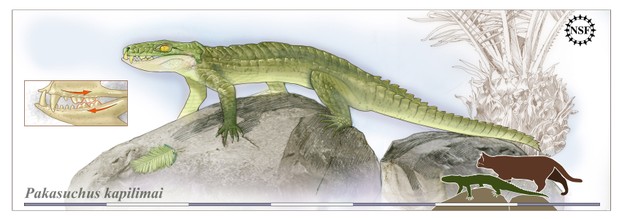
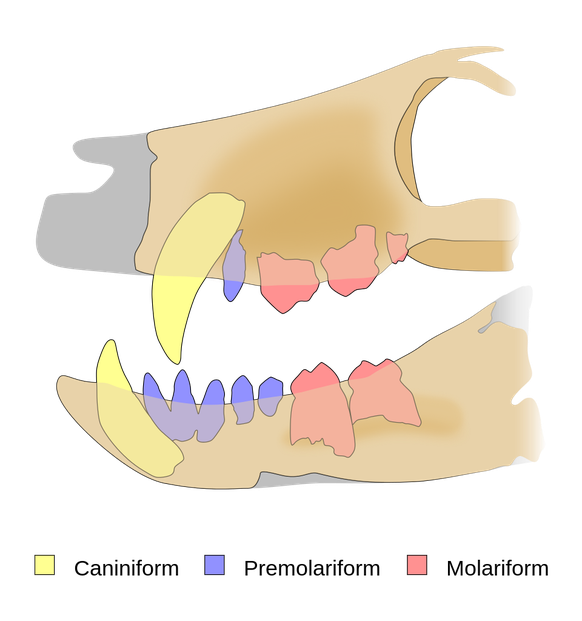
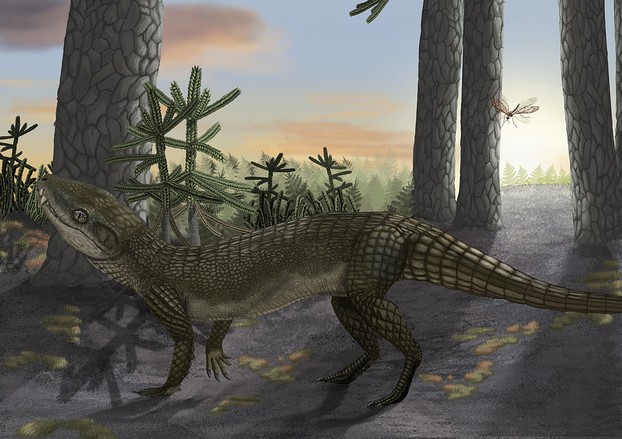
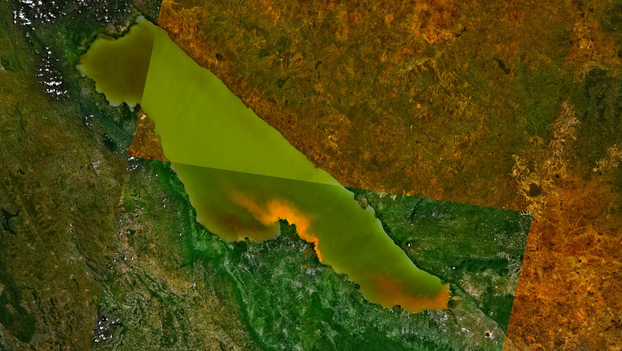



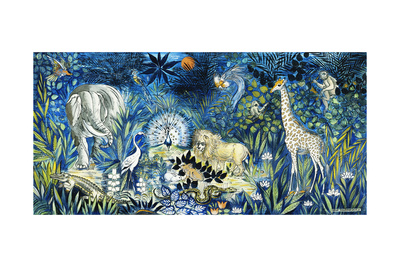
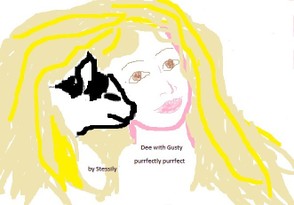
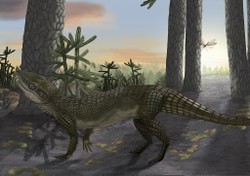

 Are Hawaiian Huakai Po Nightmarchers Avenging Halloween Thursday?on 10/02/2024
Are Hawaiian Huakai Po Nightmarchers Avenging Halloween Thursday?on 10/02/2024
 Mailing Addresses for 2023 Form 4868 Extending 1040 and 1040SR April 15, 2024, Due Dateon 04/15/2024
Mailing Addresses for 2023 Form 4868 Extending 1040 and 1040SR April 15, 2024, Due Dateon 04/15/2024
 Mailing Addresses for 2023 Forms 1040 and 1040SR Filed in 2024on 04/15/2024
Mailing Addresses for 2023 Forms 1040 and 1040SR Filed in 2024on 04/15/2024
 Mailing Addresses for 2022 Form 4868 Extending 1040 and 1040SR April 18, 2023, Due Dateon 04/13/2023
Mailing Addresses for 2022 Form 4868 Extending 1040 and 1040SR April 18, 2023, Due Dateon 04/13/2023

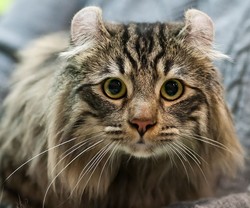
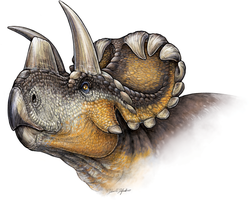
Comments
Lego toys perhaps cooperate more than plush toys with my consideration of country and world gardens and menageries.
Drawing together cat-crocodile allies, ambiances, predators and prey demands something durable like lego components for outside gardens and menageries and something lasting perhaps three, three-plus seasons for indoor gardens and menageries.
Wouldn't indoor and outdoor workings warrant wending around water features?
Potable water woos us all, animal and human and plant sentients, throughout all time from most anciently to most modernly!
Cat crocodiles develop delightfully into lego and plush toys, don't they?
Such educationally entertaining, entertainingly educational fun to figure cat crocodile allies, habitats, predators and prey!
Such a toy environment might match nicely with a sign "Caution: Time dimension crossing!), beyond which muster lego and plush toys about modern feline sentients and their allies, ambiances, predators (;-{) and prey, mightn't it?
The computer crashed before I could communicate another component to my comment contained in the box immediately below.
Cat crocodiles with armor-less bodies and armor-full tails intrigue me.
Their tails and their whiskers let feline sentients locate themselves within their environments.
Might cat crocodiles have been as savvy about how they move difficult-ly or easily through their surroundings as the tailed, whiskered feline sentient 99.9-plus and recurring percent correct in where others begin and where they end, where they locate and where they will land?
The last paragraph to the first subheading, Cat crocodiles exhibit mammal-like mouthparts for piecemeal chews, advises us of "diets of insects, primitive mammals, small lizards."
Sometimes my feline sentients appear to play non-fatal games with insects such as the brown marmorateds.
Might that playfulness perhaps assure them of insect attractiveness as appetizing edibles to alligator ancestors acknowledged as catlike-headed, limbed, lined but not of feline ancestors?
Might feline sentients be mewing, "You're safe with me! You're safe with me!"?
CruiseReady, Cat crocodiles weren't apex predators so they were part of the everybody-gets-eaten chain in ancient food webs. It's a bit gruesomely intriguing to ponder what their meat tasted like, as possibly more mammalian -- since they were warm-blooded -- than reptilian.
What amazing creature this must have been... small as the baby gatprs or crocs that we know today, yet with some attributes we don't associate with them at all. Wonder if they were ever prey to their larger cousins?
happynutritionist, Thank you for liking the images and information on cat crocodiles! Me too, I completely understand the feline comparisons in terms of head, limbs, and lines. But it indeed would be a scary situation for a cat crocodile to expect to be petted, sit on laps, or...swish that armored tail!
blackspanielgallery, Yes, it's amazing about the archaeological traces that extinction leaves! It must be so rewarding to be one of the artists whose job it is to draw the reconstructions from the available evidence.
I can see why it would be said that this crocodile is catlike, the picture renderings have a posture that looks like a cat, though not one that would be pleasant to pet or have sitting on the lap. Beautifully done page.
It is amazing how much is becoming known of extinct animal.